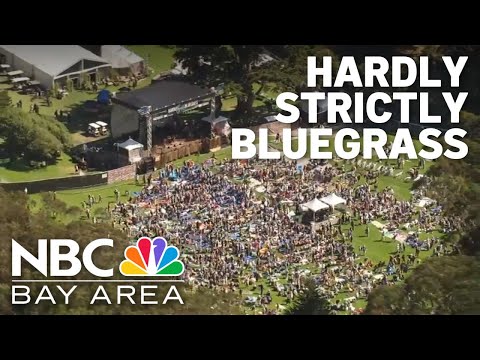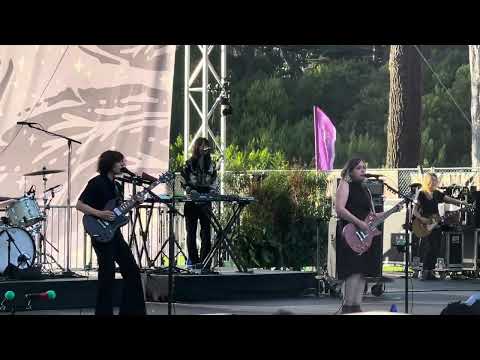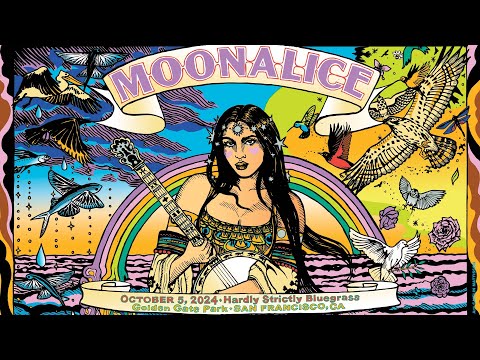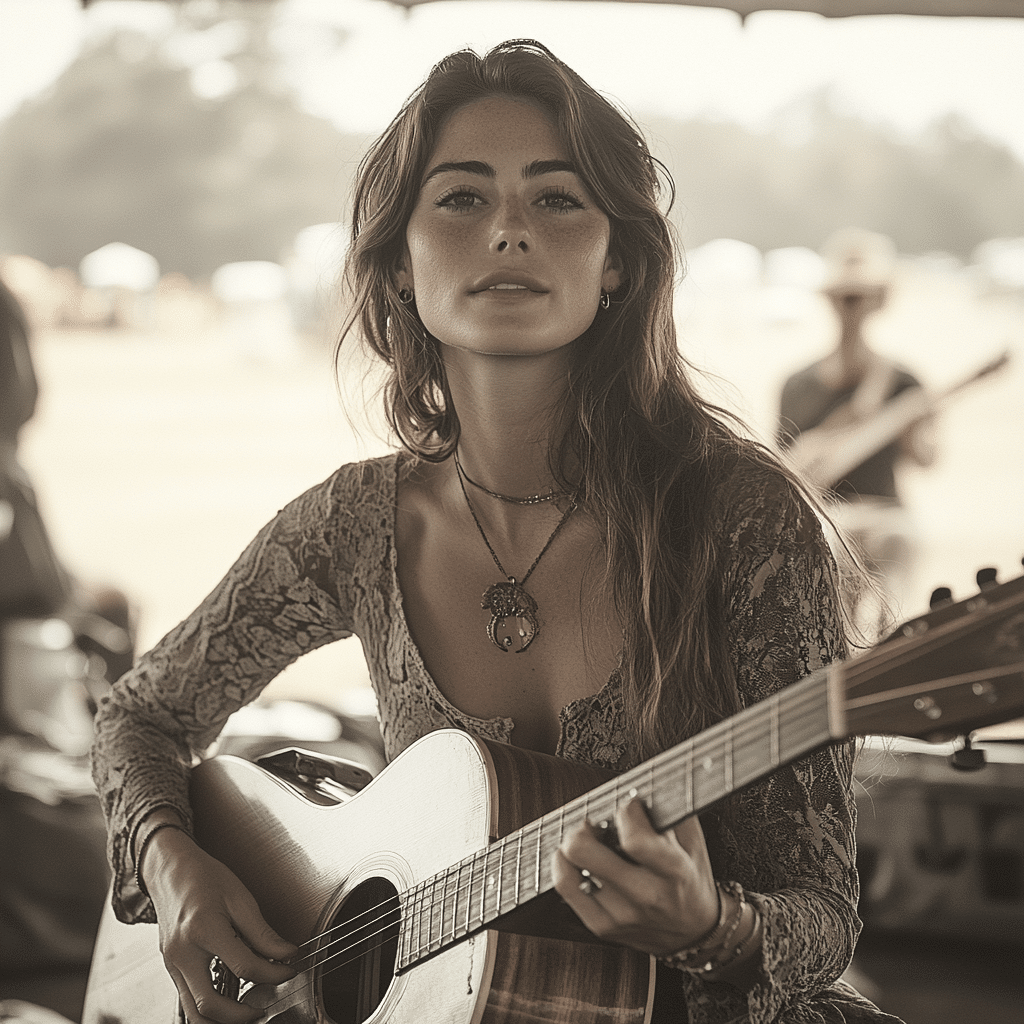
Hardly Strictly Bluegrass Celebrates Its Beloved Artists
The Hardly Strictly Bluegrass festival has become a much-loved fixture in the music culture since it launched in 2001. Founded by venture capitalist Warren Hellman, this spectacular free, multi-day event unfolds each year in San Francisco’s beautiful Golden Gate Park. With over 750,000 attendees converging in 2024, the festival serves as a stage for top-tier talent spanning bluegrass, folk, and Americana, drawing fans from all corners of the world. As the festival gears up again, it’s crucial to look at how it celebrates both legendary figures and rising stars, ensuring its legacy for years to come.
The festival ensures that the spirit of Hardly Strictly Bluegrass is upheld by showcasing the diverse sounds and stories that resonate among the artists. This year, festival-goers are in for a treat as they experience performances that not only entertain but evoke deep emotional connections. The intertwining of music styles enriches the festival atmosphere just as much as the effort to promote inclusivity and representation among artists, especially women and artists of color. Everyone involved knows this isn’t just another music festival; it’s a vibrant tapestry of cultural expression and social awareness.
Top 7 Hardly Strictly Bluegrass Artists Who Define the Festival’s Spirit
With an array of talented individuals gracing the stage, there are a few artists who truly embody what Hardly Strictly Bluegrass stands for:
Emmylou Harris is practically synonymous with the festival at this point. Her lush, textured vocals have graced the event for years, and she consistently wows crowds with her genre-blending collaborations. Emmylou captures the essence of storytelling in bluegrass while marrying it beautifully with folk melodies. Here’s a true icon who simply understands how to connect with her audience, making her a festival favorite.
Chris Thile is a pure dynamo on the mandolin, having risen to fame as the former lead of Nickel Creek. His performances often transcend the boundaries of bluegrass, as he infuses elements from classical and jazz genres into his music. This innovative approach not only pushes the envelope of what bluegrass can be but pays homage to its rich history.
Kacey Musgraves captivates audiences with her heartfelt lyrics and soulful performances. Her music often tugs at the heartstrings, forging connections with fans on a personal level. Musgraves stands out, showcasing her ability to infuse traditional country sounds with modern and relatable storytelling.
Presenting a sound that’s deeply rooted in traditional bluegrass, The Del McCoury Band remains a staple of Hardly Strictly Bluegrass. Their commitment to authenticity resonates with long-time bluegrass fans while also inviting newbies into the fold. They carry the torch passed down from bluegrass legends like Hazel Dickens, who was a regular at the festival, ensuring that the genre’s legacy will thrive.
Known for his flamboyant style and poignant songwriting, Rufus Wainwright adds a touch of theatricality to the festival. He challenges the conventions of folk music with his depth and complexity, delivering stunning performances that leave a lasting impression. Wainwright’s artistry makes his sets a must-see for anyone trying to capture the spirit of Hardly Strictly Bluegrass.
Brandi Carlile is an incredible force in the Americana scene. Her powerful voice coupled with heartfelt storytelling has struck a chord with fans across all demographics. As an openly queer artist, Carlile brings a unique perspective that highlights the importance of diversity in music and lays the groundwork for future generations of artists.
Margo Price captures the true essence of resilience in her music. With bold lyrics and a modern twist on traditional influences, she has quickly gained a loyal following. Price’s dedication to storytelling is refreshing, making her presence at Hardly Strictly Bluegrass both impactful and essential.
The Cultural Significance of Hardly Strictly Bluegrass in 2024
Heading into 2024, Hardly Strictly Bluegrass is more than just a collection of performances; it’s a mosaic of cultural expressions that opens dialogue about critical issues in today’s society. This year promises a focus on racial diversity, particularly through the vibrant voices of women and artists of color. The performances of Madisen Ward and the Mama Bear Trio will showcase a blend of folk and bluegrass perspectives that echo this commitment.
The festival also explores the importance of representation in music, particularly through the lens of black girl names. Names like Jasmine, Zuri, and Imani evoke powerful narratives that reflect heritage and individuality. By highlighting these names in their programming, the festival cultivates connections that deepen the audience’s engagement with the music and the artists themselves.
It’s no small feat to create a space for such nuanced storytelling. But that’s exactly what Hardly Strictly Bluegrass aims for—showcasing a diverse range of artists who bring unique experiences to the forefront, enriching the bluegrass genre and connecting audiences with meaningful narratives.
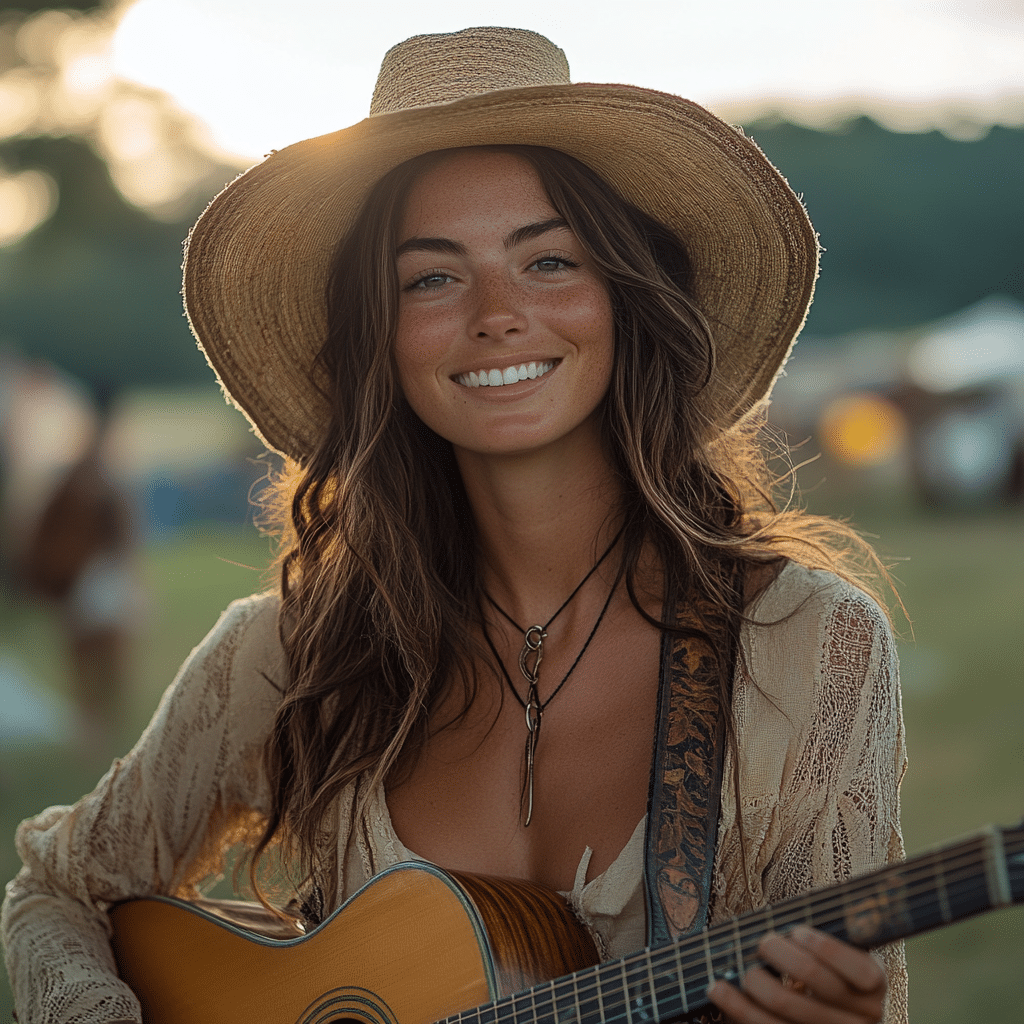
The Evolution of Bluegrass: Reflecting on a 23-Year Journey
As Hardly Strictly Bluegrass marks its 23rd year, we see that bluegrass is no longer just a regional sound; it has transformed into a global phenomenon featuring a patchwork of various cultures and influences. This evolution can be heard in the diverse lineup of artists that now grace the festival stage. Each year, the festival not only honors its roots but also ushers in new talent, ensuring the vibrancy of bluegrass remains intact.
The festival’s commitment to blending traditional sounds with modern influences fosters a unique environment where artistic inspiration thrives. It’s essential for the future of bluegrass that emerging voices find a platform to shine. By giving a stage to both established musicians and newcomers, Hardly Strictly Bluegrass continues to pave the way for innovation within the genre.
As we eagerly await the musical extravaganza in 2024, it’s clear that Hardly Strictly Bluegrass serves as a vital hub for music lovers. It’s a gathering of community, creativity, and cultural diversity. With its perfect balance of beloved legends and fresh talent, the festival promises to celebrate and elevate the artists who shape the heart and soul of bluegrass. After all, it’s not just about the sound; it’s about the stories, the connections, and the memories created along the way.
So grab your blankets and get ready for a couple of magical days in San Francisco’s iconic park, where the spirit of Hardly Strictly Bluegrass will continue to resonate and inspire.
For more about capturing the spirit of great storytelling in the independent film world, or exciting news on your favorite artists and filmmakers, be sure to check out other engaging content on www.Loaded.com.
Hardly Strictly Bluegrass: A Celebration of Musical Legacy
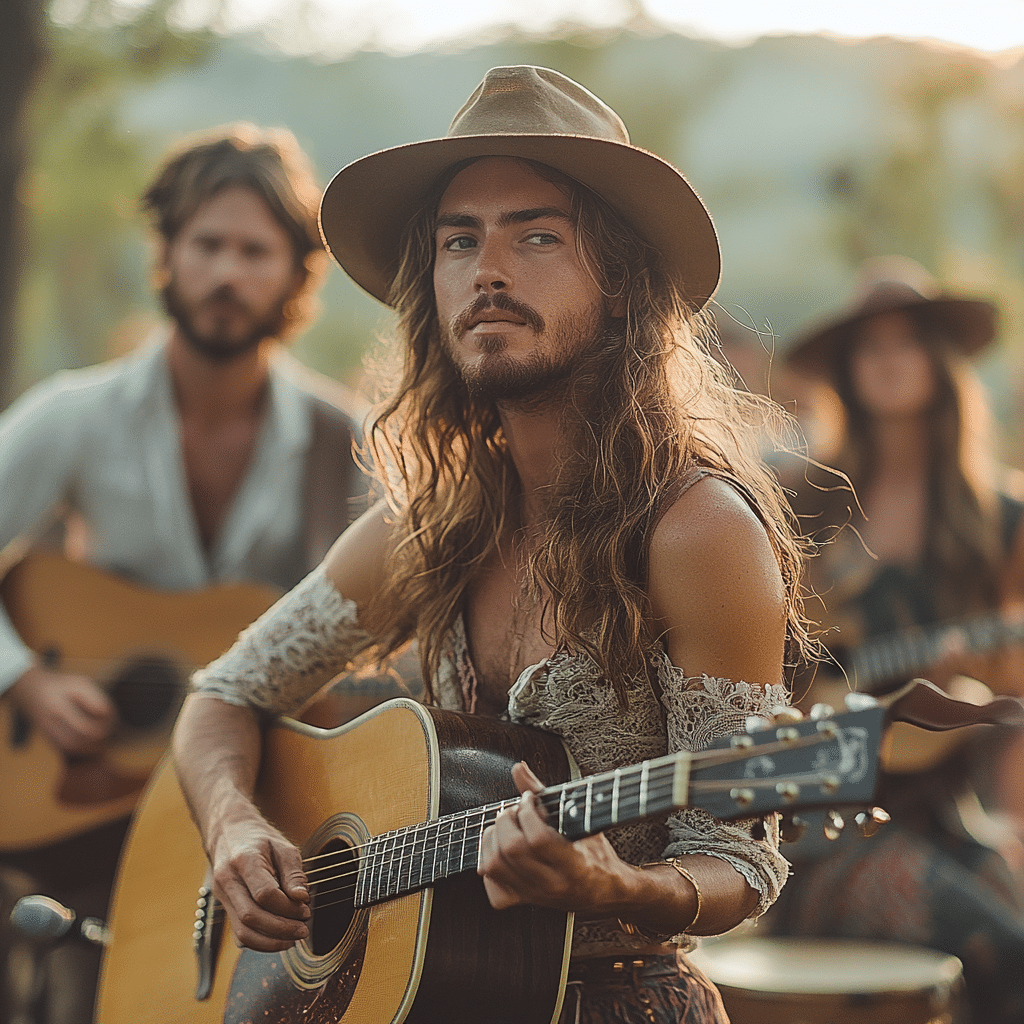
A Festive Journey Through Music
Every October, music lovers flock to Golden Gate Park for the extravaganza known as Hardly Strictly Bluegrass. This free festival showcases a rich tapestry of genres, but bluegrass reigns supreme. It began in 2001 as a way for the late Warren Hellman, a local financier and passionate musician, to give back to the San Francisco community. His generous spirit flourished in the festival’s inclusive environment, reflecting the ethos of how talented artists like Tessa Blanchard and many others have cultivated their craft over the years. Hellman’s vision has profoundly influenced grassroots movements, much like the homegrown style found in a tight-knit community like Roxbury High school.
Aside from its commitment to bluegrass, the fest has a knack for surprising attendees. Over the years, the lineup has featured a mix of renowned artists and emerging talent, emphasizing the festival’s inclusive nature. There’s a little bit of everything, from folk giants to indie darlings. And if you’re lucky, you might catch an unexpected performance—think of it as the musical equivalent of the viral snake meme that keeps audiences buzzing about what’s next. So whether it’s the captivating tones of a dobro or the plucking of a banjo, Hardly Strictly Bluegrass serves as a reminder that music is for everyone.
The Fanatics and Their Faves
Fans adore Hardly Strictly Bluegrass not only for the music but also for its festival community. Many go beyond just enjoying the performances; they forge lifelong memories with fellow festival-goers and artists alike. It echoes the camaraderie often seen among fans of shows like the one featuring Jenn Tran, where connections blossom over shared experiences.
In addition to the musical performances, festival attendees often revel in discovering little tidbits about their beloved artists. For instance, you could find yourself surrounded by informally organized jam sessions, where fans play alongside their icons. This spontaneous collaboration is akin to the spirit of indie wrestling characterized by lush storytelling—think a Luchador in the ring captivating an audience! The festival’s nurturing atmosphere encourages these magical moments, making Hardly Strictly Bluegrass a place where artists and fans alike forge unforgettable connections. And speaking of unforgettable, did you know that many attendees love checking out local spots like the Freeport Outlets after the shows?
So, as the balloons dance in the golden hues of San Francisco’s autumn, Hardly Strictly Bluegrass reminds us that music, community, and spontaneity are at the heart of this cherished festival. Don’t forget, every performance could unveil stories and surprises, leaving listeners eagerly awaiting the next note, just like how we can always expect another twist in life’s unpredictable journey. Whether you’re enjoying the moment or taking selfies with your favorite artists—much like the celebrated Mark Blum—every detail contributes to this vibrant legacy.
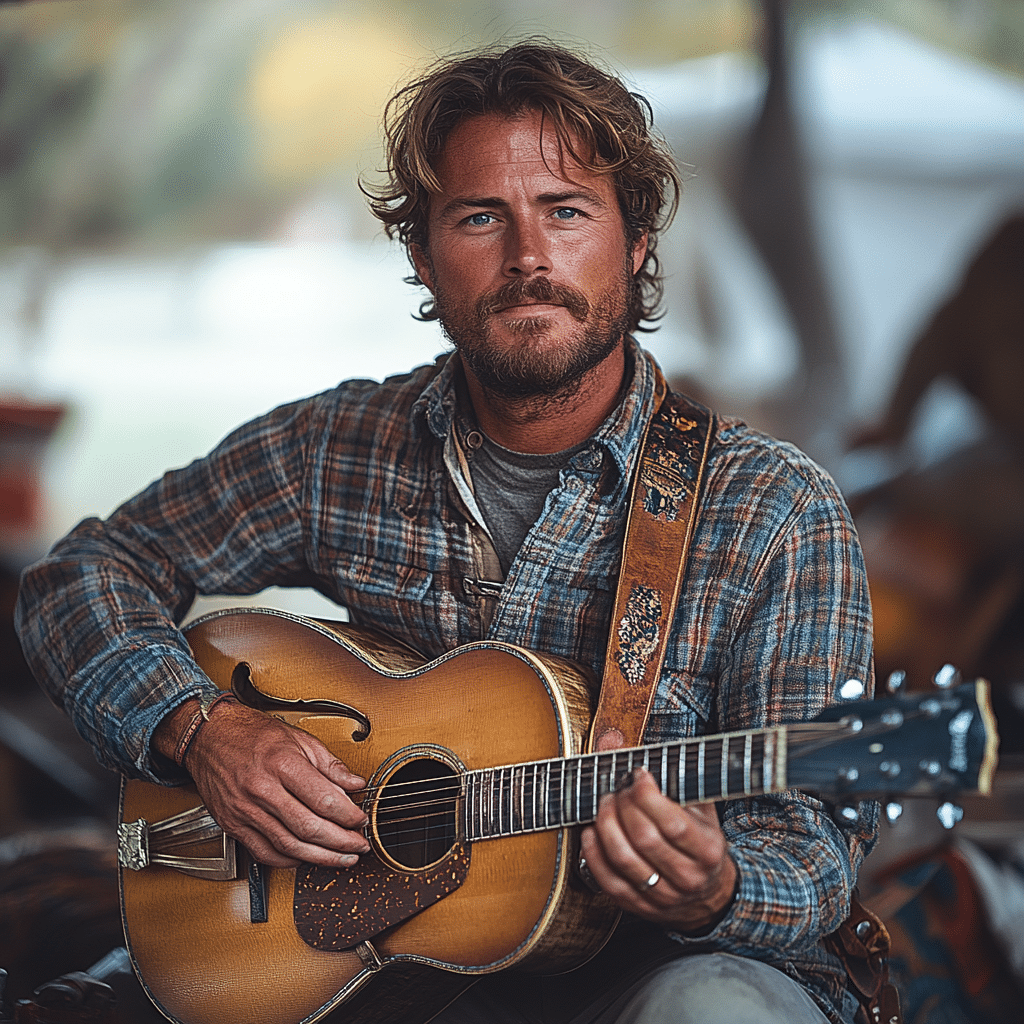
Why is Hardly Strictly Bluegrass free?
Hardly Strictly Bluegrass is free because it was founded by Warren Hellman, who wanted to create a public concert that everyone could enjoy without charging for tickets. His passion for music and desire to share it with the community drove the festival’s no-cost model.
Can you bring alcohol to Hardly Strictly Bluegrass?
You can bring alcohol to Hardly Strictly Bluegrass, but there are some rules. Hard alcohol and glass aren’t allowed, so stick to beer and wine in non-glass containers only.
How many people attended Hardly Strictly Bluegrass?
The festival usually attracts over 750,000 attendees over its three-day run, making it one of the largest free music festivals in the country. It’s a real party in Golden Gate Park!
Where is Hardly Strictly Bluegrass 2024?
Hardly Strictly Bluegrass 2024 takes place in San Francisco’s beautiful Golden Gate Park, just like it has in the past. It’s the perfect spot for music lovers to gather and enjoy.
How much does it cost to go to Hardly Strictly Bluegrass?
There’s no cost to attend Hardly Strictly Bluegrass, as it’s a free festival, so you can enjoy all the music without spending a dime!
Who funds Hardly Strictly Bluegrass?
The festival is funded primarily by the late Warren Hellman’s family and proceeds from donations, ensuring that it remains free for everyone to enjoy.
Is there food at Hardly Strictly Bluegrass?
There’s plenty of food available at Hardly Strictly Bluegrass, with many vendors offering a range of tasty options to keep you fueled for the festival festivities.
What are the bag rules for Hardly Strictly Bluegrass?
For bags at Hardly Strictly Bluegrass, it’s advisable to keep them small and easy to manage. Check the festival website for specific size guidelines to avoid any hassle at entry.
What time does Hardly Strictly Bluegrass end?
The festival typically ends in the early evening, around 7 PM, but it’s best to check the daily schedule for exact times.
How old is Hardly Strictly Bluegrass?
Hardly Strictly Bluegrass started in 2001, making it over 20 years old now and a beloved tradition for music fans everywhere.
How long has Hardly Strictly been going on?
It’s been going on for over two decades, with each year bringing an exciting lineup and a festive atmosphere. It’s grown quite the reputation in that time!
Who is the founder of Hardly Strictly?
Warren Hellman is the founder of Hardly Strictly Bluegrass, and his vision for a free public music festival sparked its creation.
Is hardly strictly free?
Yep, Hardly Strictly Bluegrass is free, just as it always has been, making it accessible for everyone who loves music.
Where is Strictly Bluegrass?
Strictly Bluegrass refers to the same festival, so if you’re looking for Hardly Strictly, you’re already in the right place at Golden Gate Park!
Where is Strictly Bluegrass?
Again, be sure to keep your bags small and remember that there are specific rules about what you can bring. Always good to double-check those bag regulations!
What are the bag rules for Hardly Strictly Bluegrass?
The executive director of Hardly Strictly Bluegrass is typically appointed by the festival’s organizers, so it’s worth checking the latest updates from the official site for current info.
Who is the executive director of Hardly Strictly Bluegrass?
Dogs are allowed at Hardly Strictly Bluegrass, but be mindful of the crowd and bring your pup’s leash to keep them safe and sound!





